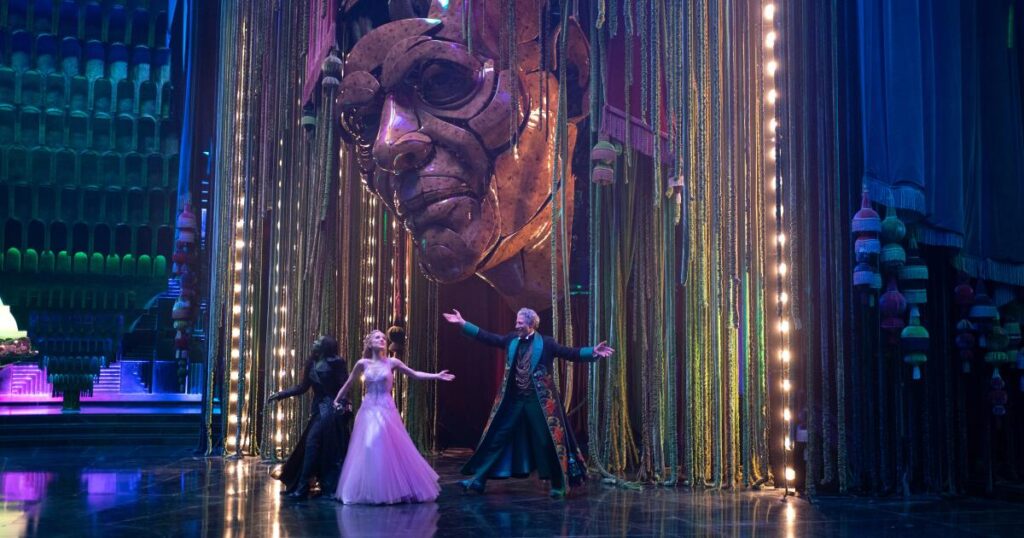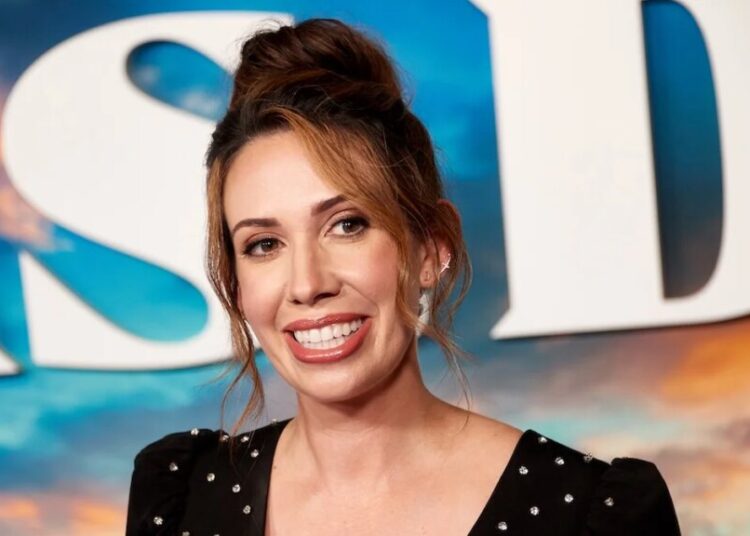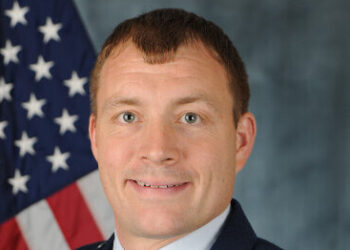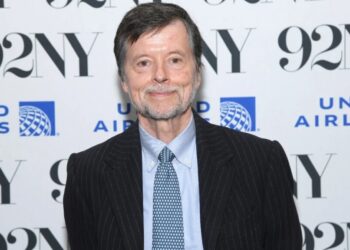The following contains spoilers from the movie “Wicked: For Good.”
In a way, “Wicked: For Good” is a companion film to “The Wizard of Oz,” imagining what was really happening when a girl named Dorothy landed in Oz. Directed by Jon M. Chu, the Universal sequel references iconography from the 1939 movie and infuses these classic images with unexpected backstories and deeper meanings. Here, The Envelope breaks down the five key “Wizard of Oz” visuals, as remixed in “Wicked: For Good.”
The yellow brick road
The opening scene reveals that Dorothy’s road map to Emerald City originated as a form of visual propaganda, reinforcing the Wizard’s rule in every corner of Oz. Even more heartbreaking is who constructs the road itself: “The captured animals are now being forced to work slave labor,” said Winnie Holzman, who wrote the screenplay with Dana Fox. “The road being built in this corrupt, cruel way was a natural outgrowth of everything set up in the first movie. We’re telling the audience right away, ‘We explore heavy themes in our story.’”
The animals are chained to an automated vehicle that lays the yellow bricks, made by the Munchkins. “We took all the color out of Munchkinland, who’ve lost all their colors in this process of building this oppressive symbol,” said production designer Nathan Crowley. The road is paired with a million yellow tulips planted by farmer Mark Eves. “They bloomed so beautifully, they just seduce you,” said Crowley, “just like the Wizard does.”
‘No Place Like Home’
In “The Wizard of Oz,” Dorothy chants the phrase and clicks her heels to finally return to Kansas. The line is in the stage show as a sarcastic reference, but “Wicked: For Good” redefines its meaning: When Elphaba sees animals fleeing Oz via a secret passageway, she repeats the phrase with urgency, asking them to fight for their home, even as it’s rejecting them — something she herself understands.
The galvanizing anthem, written for the film by Stephen Schwartz, was a technical and emotional feat. “Cynthia [Erivo] is delivering this rallying cry that’s new and important and needs to earn its place in the movie, but she’s acting against empty plates,” said editor Myron Kerstein, as the animals were created in postproduction. “And right when you believe she’s convinced them, that end-of-the-song applause moment is undercut by someone who blames Elphaba. We had to honor the darkness of where we’re ending up: a person is trying to help her community, but they’ve all turned against her.”
Ruby slippers
The 1939 movie sees Dorothy wearing the Wicked Witch of the East’s ruby slippers. “Wicked: For Good” features silver heels — a nod to L. Frank Baum’s original novel — but alludes to the red shoes when Nessarose begs to revisit that high-flying night at the Ozdust Ballroom. Elphaba utters a spell that surrounds her sister’s feet with a red glow, and suddenly, she’s hovering midair.
“You see Nessarose’s happiness, even if it quickly wanes,” said Holzman of the scene, which differs from the stage show. “That’s why Elphaba wants the shoes back from Dorothy: It’s a time she pleased her sister, and she wants more than the horrible memory of how they parted.”
Costume designer Paul Tazewell included additional “Wizard of Oz” footwear references, like Nessarose’s Ozian striped socks and Dorothy’s signature socks. “It’s a visual of innocence for this girl to wear these grown-up shoes with a heel, and then pair them with these youthful bobby socks,” he explained of Dorothy. “They’re light blue, just like her gingham dress.”
Glinda’s bubble
Glinda’s “Wizard of Oz” entrance is spellbinding, as she descends in a floating bubble. “Wicked” divulges that the Wizard commissioned the vehicle to fool Ozians that, like Elphaba, Glinda is airborne, despite her magical deficiencies. Crowley crafted the machine to mimic the Wizard’s watch-like mechanisms, as well as the ornate vehicles of a real-life monarch. “We made a Marie Antoinette carriage that could fly,” he said. “The pink silks, bronze golds and the upholstery, it all suits Glinda. And the bubble becomes a hot-air balloon — the Wizard’s technology.”
Tazewell reinforced the “Glinda the Good” image by dressing Ariana Grande in a classic princess gown, encrusted with crystals and glass beads for an iridescent finish and covered in tulle and organza for a lighter-than-air quality. Add in a bubble-covered crown and earrings, plus a shiny prop wand? “It’s a uniform that’s given to her to create the propagandist view of goodness and solidify her as an icon,” said Tazewell.
The bucket of water
The 1939 movie shows Dorothy melting the Wicked Witch by dousing her in water. “[‘Wicked’] opens on a crime scene where someone was murdered, and the weapon is that bucket of water,” said Holzman. In “Wicked: For Good,” “Elphaba knows there’s a ridiculous lie spreading that water will melt her, and people are believing it and hunting her down with buckets of water in their hands, as if they were pistols or knives.”
Surprisingly, Elphaba fills the bucket up herself, to fake her own demise. After a final goodbye, Glinda hides away and weeps while watching Dorothy melt Elphaba — a sequence shown only in shadow, through the crack of a closet door.
“We’re witnessing this iconic moment from another point of view — this excruciating moment where Glinda has to witness this murder — and we wanted to treat it with gravitas,” said Kerstein. “I love that it feels like it’s happening in real time, and it feels fleeting. It’s tragic, elegant and beautiful at the same time.”
The post How ‘Wicked: For Good’ remixes 5 iconic moments from ‘The Wizard of Oz’ appeared first on Los Angeles Times.




